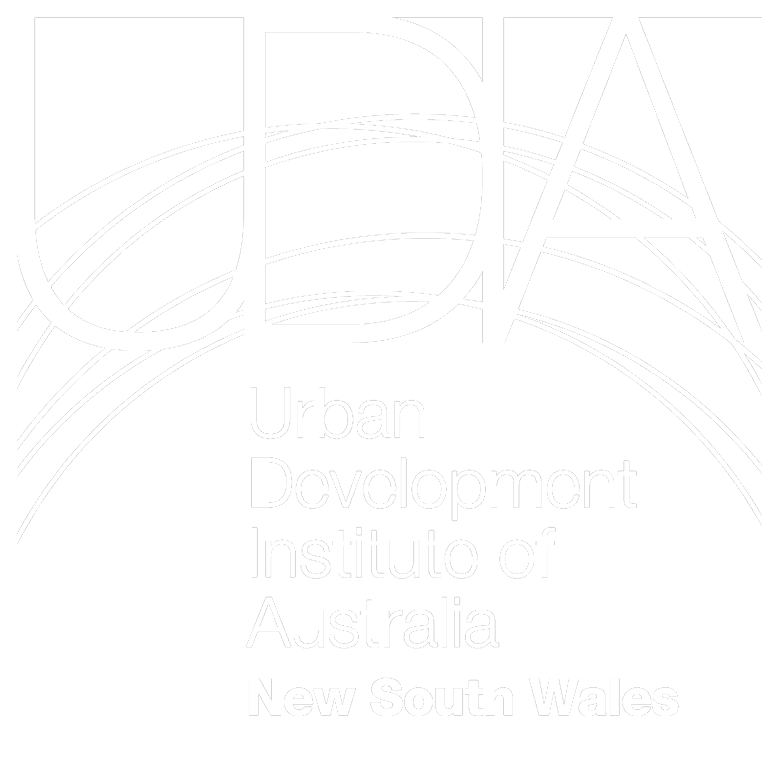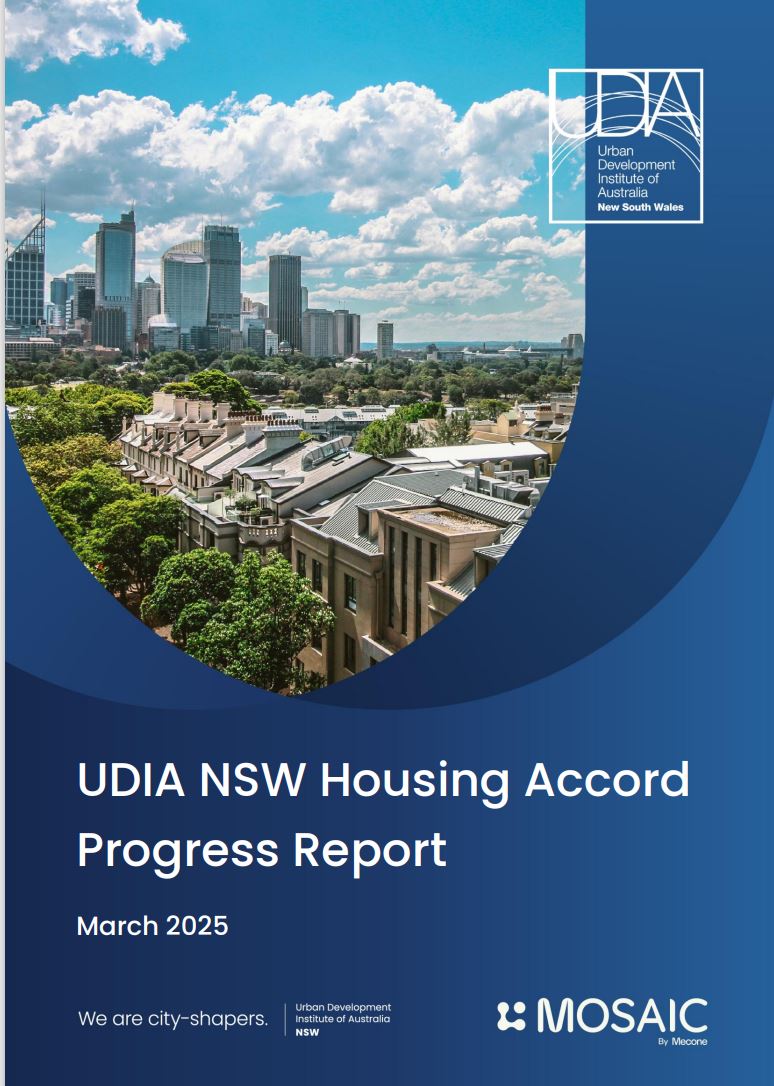Today, UDIA released its second edition of the NSW Housing Accord Progress Report which shows that 63% of Local Government Areas are not seeing the development approval numbers needed to deliver their five-year housing targets, with the Greater Sydney Mega Region already 30,000 homes behind its approvals target to date.
Today’s ABS Building Approval figures add to these disappointing numbers with only 44,600 building approvals issued in the 12 months to February, representing a 3% annual decline.
The UDIA report also shows that the Government’s recent Transport Oriented Development and Low and Mid-Rise Housing Policies are yet to deliver any discernible market response in development activity.
“NSW continues to fall further behind its housing targets as government housing policy fails to attract enough new apartments while reduced investment in infrastructure slows housing starts to a crawl in Western Sydney,” said Stuart Ayres, UDIA NSW CEO.
In our March Report, produced in collaboration with planning and development consultancy Mecone, progress is measured each quarter against the state’s share of the Housing Accord target by tracking the number of Development Applications (DAs) determined to that point in time.
“The lack of development applications going in and out of the system is concerning and is being exacerbated by the fact there has yet to be any marked uptick in development activity attributed to the Government’s infill housing policies. While good reform is to be commended, it is clearly not producing the short-term results we need,” said Stuart Ayres.
TOD Policy
UDIA’s report maps development activity in the 37 TOD sites and confirms that of the 28 TOD precincts that are currently active, fewer than 150 new dwellings have been approved in TOD areas via local council pathways and no precinct has averaged more than a 2 storey height in their determined DAs, which is a clear indication that the TOD height and floor space controls are not being utilised. The report has identified some TOD areas where State Significant Development Applications (SSDAs) have been lodged, however these are mostly the result of planning work in TOD areas that was completed before the TOD policy was announced, with fewer than 10 residential SSDAs attributable to the TOD policy.
Low-Rise Policy
UDIA’s report, for the first time, contains analysis into early take up of the Low-Rise policy reforms, which permitted dual occupancies and semi-detached homes in all R2 Low-Density Residential Zones statewide, with some exclusions for areas affected by environmental constraints. Some key findings from our report include:
- Of 42 LGAs across the Greater Sydney Mega Region, the new dual occupancy permissibility rules only benefitted than 50% of LGAs (21 LGAs).
- Of these 21 LGAs only 18 benefited partially i.e., they already permitted some dual occupancy types in their local controls prior to the reforms.
Since the reforms were effective from July 2024, there has been a total of 88 Development Applications or Complying Development Certificates for dual occupancy or semi-detached housing types in R2 zoned areas where they would have previously been prohibited. Collectively this will contribute ~176 new dwellings to the supply pipeline, with the majority in Liverpool and the Northern Beaches.
“The NSW Government has said the Low-Rise policy, together with the Mid-Rise policy, are expected to support 112,000 new homes over the 5-year Housing Accord period. UDIA’s analysis shows, 8 months into the Accord period, the Low-Rise policy is yet to create a step-change in housing delivery and the TOD policy has delivered virtually no new DAs in those areas. Given so many apartment projects are unviable in the current market, we remain deeply concerned about the capacity of these policies to deliver around one third of the Government’s housing targets as they have forecast,” said Mr Ayres.
In response to the findings of this report, UDIA will continue advocating to Government to be more transparent with its projected housing pipeline, and ambitious with their recalibration of policy reform to ensure it is delivering against expectations announced.
Key recommendations from this report include:
- Greater Transparency on the National Housing Accord Projected Pipeline: The State Government should provide greater transparency on the targets for the Low and Mid-Rise Housing Policy over the National Housing Accord period, on an LGA-by-LGA basis for the TOD, Low-Rise, and Mid-Rise housing policies. Industry and Local Government need to understand where new dual-occupancies and mid-rise apartments are anticipated to be located. Clarifying LGA targets under the Low and Mid Rise Policy and TOD Program will be crucial to industry and government having a shared understanding of how these new policies are performing in the next 12-24 months and enable an early and constructive dialogue around altered policy settings should the take up rates of these new policies remain below Government forecasts.
- Potential recalibration of the TOD Policy and feasibility review of the mid-rise reforms: Government should work closely with industry, as we approach 12 months since the gazettal of the first TOD precincts, to re-assess the appropriateness of the current controls applying in the 37 locations under the first stage of the TOD program. The Government should also review whether the full floor space ratios included in the Mid-Rise reforms can actually be realised on typical sites and if they are sufficient to support a development yield that is feasible to build in current market conditions.
Click here to view the report: LINK
–ends—
Media Enquiries: Deanna Lane, Director of Media & Communications
UDIA NSW and National dlane@udiansw.com.au 0416 295 898

